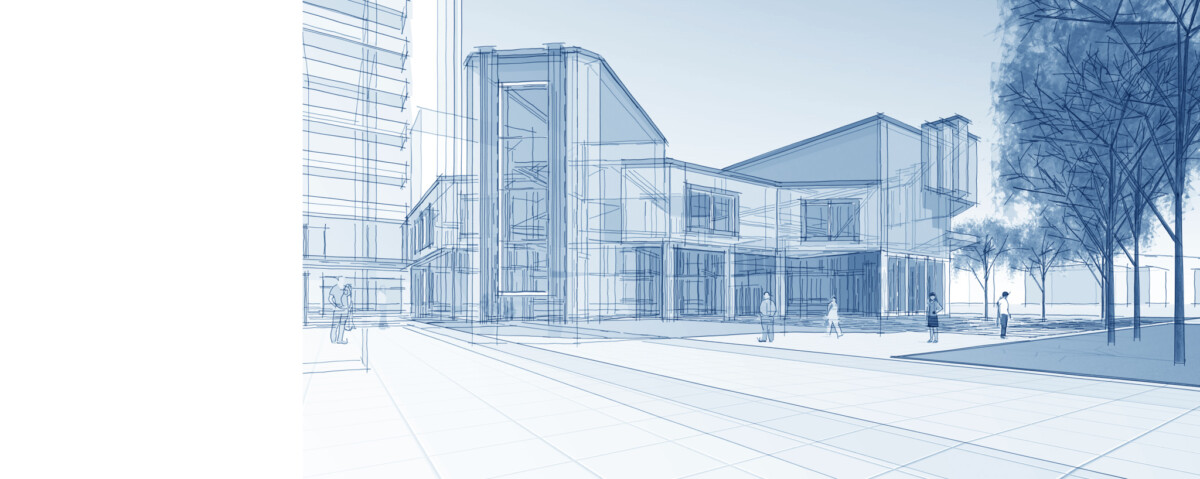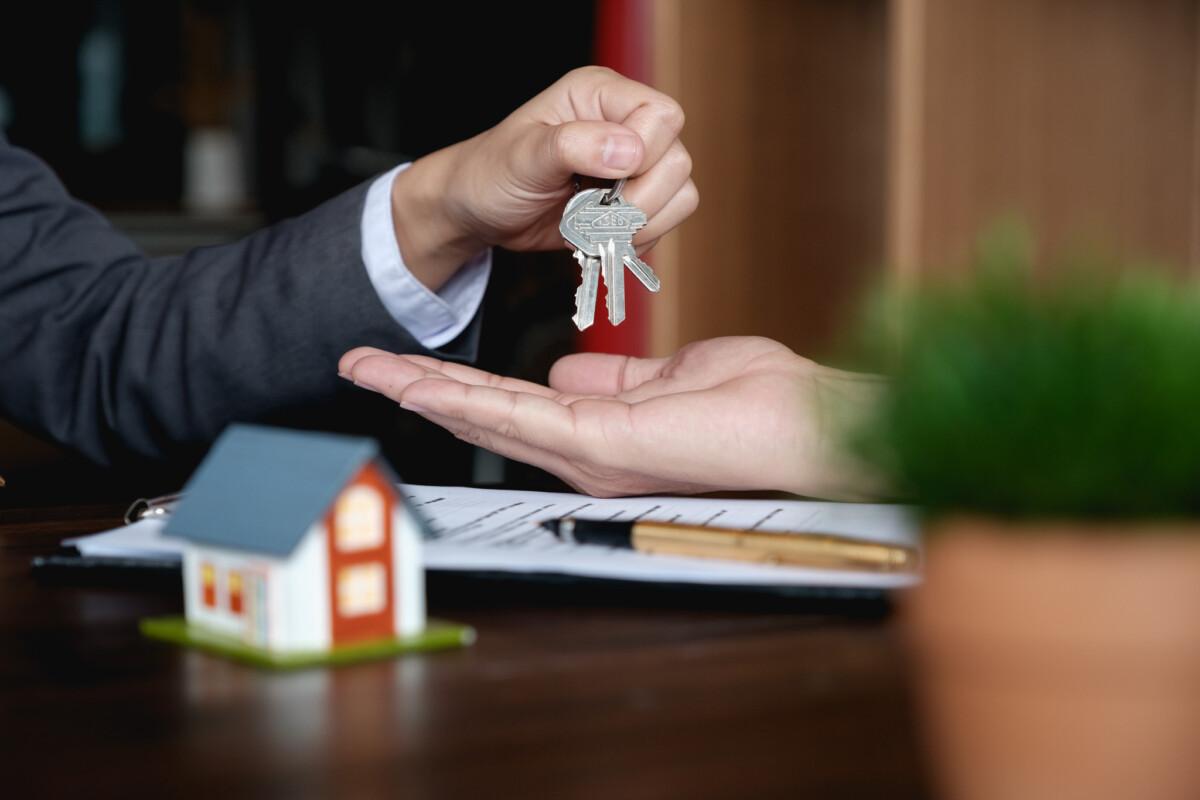When it comes to finding the perfect place to live, safety is often at the top of everyone’s list. Whether you’re buying a home, renting an apartment, or opening a business, understanding neighborhood safety statistics can help you make smarter, more informed decisions. This guide breaks down how to interpret safety data, where to find reliable statistics, and what factors truly determine the security of a community.
Why Neighborhood Safety Statistics Matter
Neighborhood safety statistics provide valuable insight into a community’s well-being and stability. They reflect crime rates, law enforcement activity, emergency response times, and even residents’ perceptions of safety in their area.
A safe neighborhood not only protects its residents—it also contributes to stronger property values, better schools, and thriving local businesses. Conversely, areas with high crime rates often struggle with economic stagnation, lower home values, and decreased community engagement. By examining the numbers, you can uncover patterns that may not be immediately apparent.
Types of Neighborhood Safety Data
Safety statistics come in many forms. Understanding each category can help you gain a comprehensive understanding of neighborhood conditions.
1. Crime Rate Statistics
Crime rates are usually divided into two major categories:
- Violent Crimes: Includes assault, robbery, homicide, and rape.
- Property Crimes: Includes burglary, larceny-theft, motor vehicle theft, and arson.
These statistics are typically reported per 1,000 residents, allowing you to compare neighborhoods of different sizes fairly.
2. Law Enforcement Data
The presence of law enforcement plays a significant role in community safety. Metrics such as the number of officers per capita, average response time, and community policing initiatives can all indicate how effectively a neighborhood is protected.
3. Traffic and Pedestrian Safety
Neighborhood safety extends beyond crime. Accident rates, pedestrian injuries, and the presence of well-maintained crosswalks or bike lanes also affect how safe an area feels and functions.
4. Fire and Emergency Response Statistics
Quick emergency response times can mean the difference between minor incidents and major disasters. Checking local fire department and EMT response data helps measure a community’s preparedness to handle emergencies.
5. Environmental Safety Indicators
These include air and water quality reports, pollution data, flood risks, and proximity to hazardous sites. While often overlooked, environmental safety has a significant impact on long-term health and the overall desirability of a neighborhood.
Where to Find Reliable Safety Statistics
Finding accurate data is essential. Here are trusted sources for gathering neighborhood safety statistics:
1. FBI Uniform Crime Reporting (UCR) Program
The FBI’s UCR program is one of the most recognized national sources of crime data. It compiles information from local, state, and federal law enforcement agencies to create detailed crime reports.
2. Bureau of Justice Statistics (BJS)
The BJS provides detailed national and regional analyses on crime, justice, and law enforcement trends. It’s an excellent resource for academic or professional-level research.
3. Local Police Departments
Most local departments publish annual or quarterly crime reports on their websites. These can give you up-to-date data specific to your city or county.
4. NeighborhoodScout and CrimeGrade.org
These websites aggregate public crime and safety data into easy-to-read reports. They also provide neighborhood “grades” based on multiple factors, helping residents compare safety between different areas.
5. City-Data and Census Bureau
The U.S. Census Bureau and City-Data.com provide demographic information, such as income, housing conditions, and population density—factors that often correlate with neighborhood safety.
6. Nextdoor and Local Community Apps
Community-driven apps like Nextdoor provide real-time alerts about suspicious activity, break-ins, or local incidents reported directly by residents.
How to Interpret the Numbers
Interpreting safety data goes beyond simply checking if a crime rate is “high” or “low.” Here’s what to keep in mind when reviewing statistics:
- Context Matters: A city with a high population density may naturally have more reported crimes, but that doesn’t necessarily mean it’s more dangerous than a smaller town.
- Trends Over Time: Look for patterns—has crime increased or decreased in recent years? Stable or improving trends often indicate strong local governance and community involvement.
- Crime Type: Violent and property crimes carry different implications. An area with minor property thefts may still be safer than one with frequent violent incidents.
- Comparative Analysis: Compare data against regional or national averages for perspective. A crime rate slightly above average might still be acceptable depending on other safety measures in place.
- Resident Feedback: Statistics can tell part of the story, but talking to residents provides the emotional and social context that numbers alone can’t capture.
Key Safety Factors Beyond Crime
While crime rates are important, other quality-of-life factors also play a role in how safe a neighborhood feels and functions:
1. Lighting and Visibility
Well-lit streets discourage criminal activity and make residents feel more secure. Poor lighting can be a warning sign of neglect or limited local investment.
2. Community Engagement
Neighborhoods with active community watch groups or associations tend to have lower crime rates. A sense of unity can deter criminal behavior and foster trust among residents.
3. School and Park Safety
Safe schools and recreational areas reflect a well-maintained neighborhood. Reviewing reports from local school boards or park departments can reveal the level of investment a community has in public safety.
4. Economic Stability
Areas with steady employment and strong local economies tend to have lower crime rates. Job availability and income stability have a direct impact on community health and safety.
5. Infrastructure and Maintenance
Clean, well-kept neighborhoods often experience less vandalism and crime. Broken windows, graffiti, or abandoned buildings may signal higher risks or less community involvement.
Tips for Evaluating Neighborhood Safety Before Moving
Before deciding to move or invest in a property, consider these steps:
- Visit at Different Times: Walk or drive through the neighborhood during the day and night to get a sense of its true atmosphere.
- Talk to Locals: Residents can provide honest feedback about safety and community life.
- Check Local News: Search for recent headlines about the area to stay informed about ongoing issues or improvements.
- Use Crime Mapping Tools: Platforms like SpotCrime or CityProtect allow you to view incidents plotted on an interactive map.
- Review Public Records: Many municipalities provide open-access crime reports, zoning maps, and safety audits online.
- Observe Public Amenities: Well-maintained parks, schools, and roads are signs of community investment.
Improving Neighborhood Safety
Safety is a shared responsibility. Even in low-crime areas, taking proactive measures helps maintain peace and order:
- Join or start a neighborhood watch program.
- Install home security cameras or motion lights.
- Advocate for better street lighting and crosswalks.
- Support local law enforcement and community initiatives.
- Encourage neighbors to report suspicious activities.
When residents and local authorities collaborate, communities become safer and more cohesive.
Conclusion
Understanding neighborhood safety statistics is about more than reading numbers—it’s about interpreting what those numbers mean for your daily life, property value, and peace of mind. By combining data from reliable sources with firsthand community insights, you can confidently assess the security and livability of any neighborhood.
Whether you’re a homeowner, renter, or investor, staying informed about local safety trends empowers you to make smarter, safer decisions for yourself and your family.
Thank you for reading! If you enjoyed this article and want to explore more content on similar topics, check out our other blogs at Sonic Loans, Sonic Realty, and Sonic Title. We have a wealth of information designed to help you navigate the world of real estate and finance. Happy reading!
Are you looking for the right loan? Check out Sonic Loans for tailored mortgage solutions that make home financing simple and efficient.
December 4, 2025
How to Improve Your Credit Score Before Applying for a Mortgage If you’re planning to...
December 2, 2025
FHA vs. Conventional Loans: What’s Best for First-Time Buyers? Buying your first home is exciting...
November 27, 2025
Digital Property Management Solutions: The Future of Real Estate Efficiency In today’s fast-paced real estate...
November 25, 2025
Virtual Reality in Property Marketing: The Future of Real Estate The real estate industry has...
November 20, 2025
PropTech Trends Shaping Real Estate The real estate industry is experiencing one of the most...
November 18, 2025
AI in Real Estate: Current Applications Artificial intelligence has rapidly become one of the most...
November 13, 2025
Blockchain in Real Estate: Future Applications Blockchain technology, once synonymous only with cryptocurrencies, has rapidly...
November 11, 2025
Smart Home Features Worth Installing In recent years, smart home technology has evolved from a...
November 6, 2025
Allen Park vs. Garden City: Where to Invest in 2025 When you’re looking to invest...










